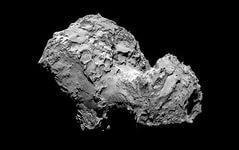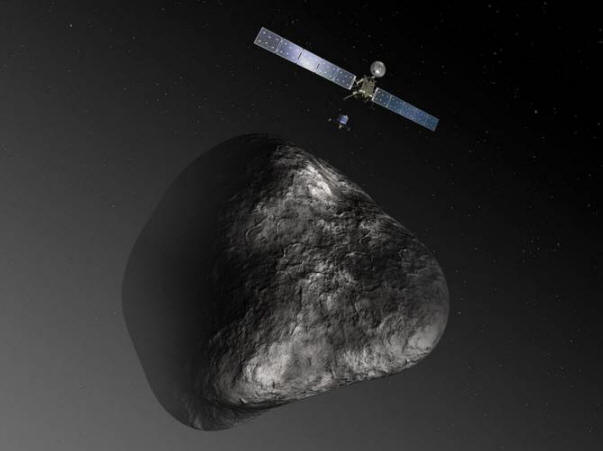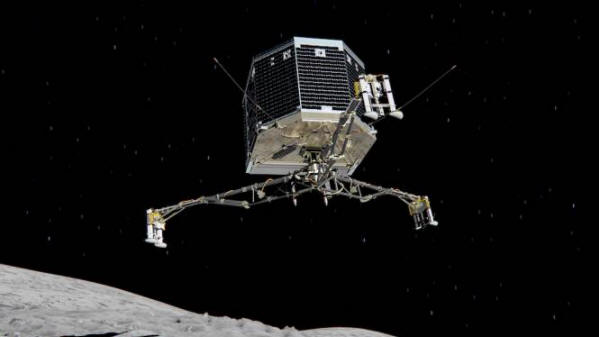 A photo from open sources
A photo from open sources
On November 12, the Rosetta spacecraft is supposed to lower the probe to Comet 67P / Churyumova-Gersimenko. For the first in the history of space an attempt to land the earth apparatus on the surface of the comet will be possible watch during the online broadcast.
 A photo from open sources
A photo from open sources
The site selected for landing the descent module is still quite recently called simply “J”. However it’s too faceless a name not very suitable for one of the most important events in history space exploration. Therefore, an open competition was held for the best name for landing pad. Thousands of people from 135 countries of the world that have proposed their options.
The winner was the word “Agilkia” (Agilkia) – the so-called Island on the Nile River in Egypt. The fact is that the main space the device got its name from the ancient Egyptian Rosetta stone, and the Fila descent module is named after the Egyptian island, where an obelisk was found with ancient hieroglyphs, which helped to decipher the inscriptions on the Rosetta stone.
 A photo from open sources
A photo from open sources
To date, the Rosetta spacecraft has already made satisfactory pictures of the darkened south side of the comet 67P / Churyumova-Gerasimenko. The axis of rotation of the core of a celestial body located non-perpendicular to the plane of its orbit, so this part is not illuminated by sunlight, remaining in the shade. Such polar night on the south side of comet 67PChuryumova-Gersimenko will last until May 2015. Rosetta mission allows you to get data, without waiting for the end of the “dark period”.
According to calculations, on November 12, 2014, Rosetta will perform a maneuver on the transition to the trajectory with which the separation will occur descent vehicle. At 11:35 Moscow time, in the distance approximately 22.5 kilometers from the center of the comet’s core, the Fila module will separate from Rosetta, and after about seven hours it will take place landing.
The mass of the descent vehicle reaches 100 kilograms; useful load – 26.7 kilograms. The basis of his analytical laboratory make up pyrolysers, a gas chromatograph and a mass spectrometer – ten scientific instruments in total. The module will fit the comet at a speed of 1 m / s, having fixed on its surface with harpoons and ice drills. The device will initially work on pre-stored battery energy; in the future they will charge by solar panels.
You can watch the live broadcast of this historical event on the website rosetta.esa.int. Live streaming expected at 5 am Moscow time – a few hours before separation the Fila module from Rosetta.
Island Stones Time






